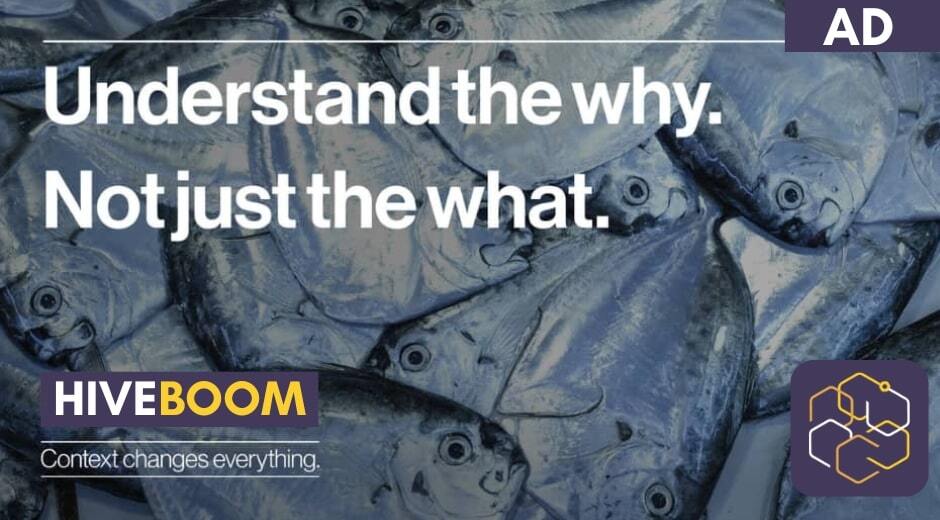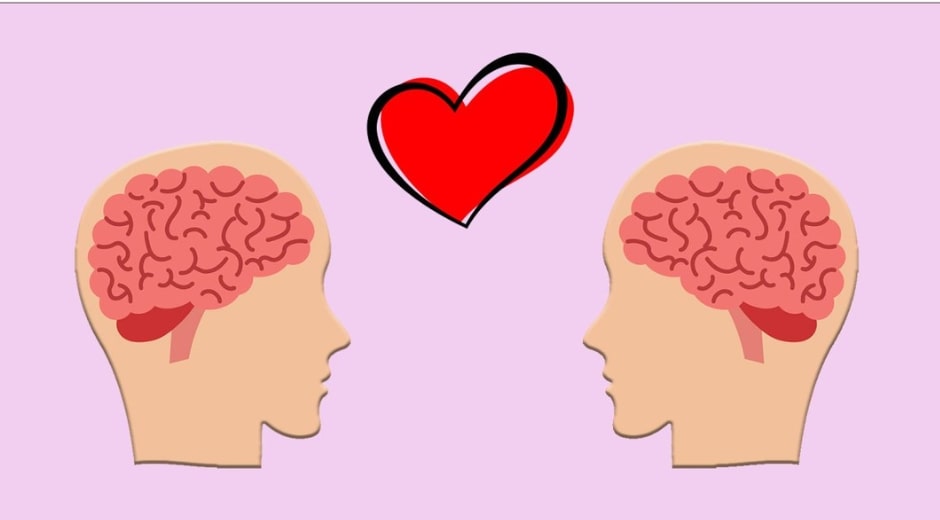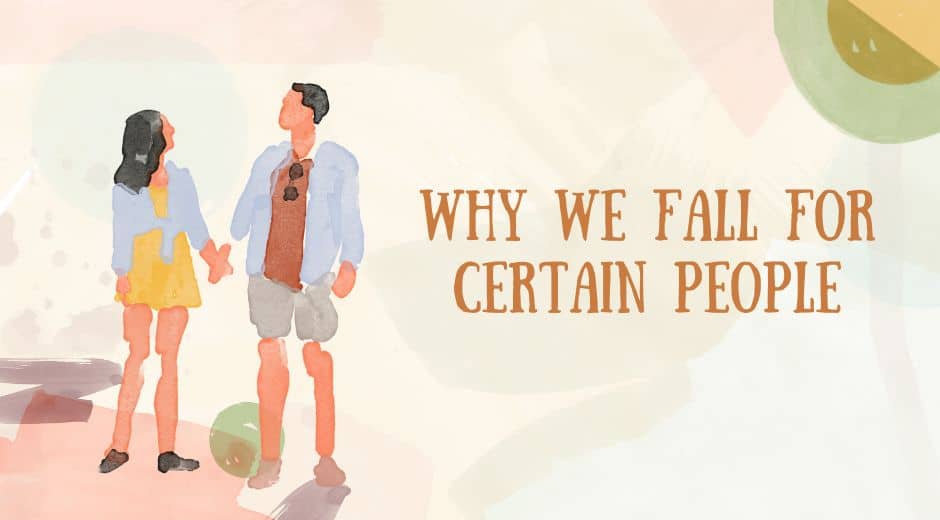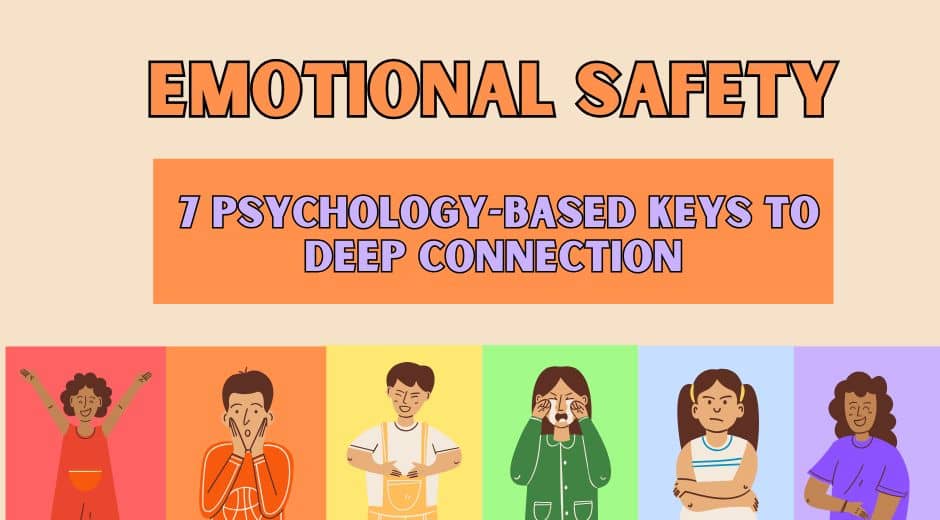Shocking Psychology of Social Media: How It Hooks You
Shocking Psychology of Social Media: How It Hooks You
In our hyperconnected world, the Psychology of Social Media has become one of the most fascinating — and concerning — areas of modern behavioral science. Every scroll, click, and notification is designed to grab our attention, stimulate emotion, and keep us engaged. Understanding the psychology behind this interaction helps us see how digital platforms influence everything from self-esteem to social behavior.
1. The Emotional Architecture of Social Media
Social media platforms are not neutral communication tools; they’re sophisticated systems built on psychological principles. Each “like” or comment activates a dopamine response in the brain — the same neurochemical associated with pleasure and reward. This reward cycle is what makes users return repeatedly, hoping for the next little burst of validation.
The concept of variable rewards, studied in behavioral psychology, is central to these designs. Much like slot machines, users never know what reward (a like, comment, or message) they’ll get — and that unpredictability makes it addictive.
Social media also fulfills basic emotional needs: belonging, self-expression, and social recognition. But while satisfying these needs, it often distorts our perception of reality, leading us to equate digital attention with personal worth.
2. The Positive Side: Connection and Community
It’s important to recognize that social media isn’t inherently harmful. When used intentionally, it can enhance well-being. People use platforms to connect with loved ones, find support groups, learn new skills, or share creative work. This sense of community can reduce loneliness and foster belonging — especially for those isolated by geography or circumstance.
Communities centered on shared goals or mindfulness, such as those found on https://focusmindflow.com/, explore how awareness and balance can transform our digital experience. When used this way, social media becomes a tool for empowerment rather than a source of distraction.
In moderation, platforms can inspire collaboration, education, and activism. They give people a voice and space to share their stories — a powerful aspect of the Psychology of Social Media that can boost confidence and social empathy.
2. Positive side: connection, support and community
It’s not all doom and gloom. Research shows that social media can provide meaningful social capital—strong ties and weak ties alike—that enhance psychological well-being. For instance, a review found that users who use social networking sites for online social support can experience improved well-being and lower loneliness. BioMed Central+2Frontiers+2
In practical terms: if someone uses social media to stay connected with distant friends, share life events, join supportive groups or maintain existing relationships across geography, the experience can boost feelings of belonging, meaning and self-worth.
3. The Dark Side: Comparison, Anxiety, and the FOMO Effect
Unfortunately, the same mechanisms that make social media rewarding can also make it harmful. One of the biggest psychological traps is social comparison — the tendency to measure our lives against the curated highlights of others.
Research consistently shows that frequent exposure to idealized images and success stories leads to feelings of inadequacy and anxiety. The so-called FOMO (Fear of Missing Out) effect is another byproduct — the belief that others are happier, more successful, or more connected than we are.
This emotional imbalance is worsened by algorithms that amplify content we already engage with. If we compare ourselves once, the system feeds us more of the same, creating a loop of dissatisfaction and self-doubt.
At its extreme, this dynamic can lead to symptoms similar to addiction — irritability, restlessness, and compulsive checking of notifications. The Psychology of Social Media shows how these feedback loops alter mood, perception, and even our sense of identity.
4. How Algorithms Hijack the Mind
Behind every scroll is a complex web of data-driven design. Algorithms track what we pause to watch, what we click, and even how long we hover over a post. From there, they serve us more of what triggers our strongest emotions.
Why emotions? Because emotional content — outrage, excitement, awe — drives engagement. Studies show that posts evoking strong reactions spread faster and hold attention longer than neutral content. The result is an environment that prioritizes emotional stimulation over rational discussion.
This algorithmic reinforcement can subtly reshape beliefs, reinforce biases, and polarize communities. It’s a process that turns human psychology into digital currency.
5. Reclaiming Control: Mindful Social Media Use
The good news is that we can counteract these effects through conscious effort. Awareness is the first step — understanding that every color, sound, and notification is designed to elicit a reaction.
Here are a few science-backed strategies:
Set intentional limits: Define when and why you open social apps instead of checking them mindlessly.
Prioritize active use: Engage meaningfully — comment, create, and connect — rather than passively scrolling.
Mute comparison triggers: Unfollow or hide content that sparks negativity or envy.
Reclaim downtime: Replace endless scrolling with reading, mindfulness, or creative hobbies.
You can also find balance by engaging with mindful content communities that emphasize focus and personal growth, like focusmindflow
At the same time, lifestyle platforms such as romantichs offer grounded insights on relationships, mindset, and self-care — a refreshing contrast to the fast-paced, image-driven world of social media.
These intentional choices align your digital behavior with your personal values rather than algorithms’ goals.
6. The Future of Digital Psychology
The field of Psychology of Social Media is still young, but it’s evolving quickly. As artificial intelligence, augmented reality, and immersive technologies advance, our relationship with the digital world will grow even more complex.
The future may bring ethical questions about consent, privacy, and emotional manipulation — and society will need to redefine what “healthy engagement” means. Educators, parents, and policymakers are already studying how exposure affects children’s attention spans, empathy, and resilience.
Still, technology isn’t inherently harmful. It reflects human intent. When guided by ethics and awareness, digital tools can enhance creativity, strengthen relationships, and spread knowledge on a global scale. The challenge is maintaining control — ensuring that technology serves us, not the other way around.
Final Thoughts
The Psychology of Social Media reveals a paradox: the same systems that connect us can also control us. Every like, share, and comment is a reflection of human emotion — joy, pride, envy, curiosity — mirrored through a machine built to learn our desires.
But once we understand these mechanisms, we can choose differently. We can scroll with purpose, post with honesty, and consume content that nourishes rather than depletes us.
Social media is neither good nor evil; it’s a mirror of humanity amplified by technology. And as long as we remain aware, curious, and compassionate — both online and offline — we can turn it from a source of distraction into a channel for growth, understanding, and genuine connection.
7. Why pairing psychology and digital literacy matters
The Pulse of Love and Dating

3 Inspiring Love Stories That Prove Timing Isn’t Everything
Real love doesn’t always follow a straight line. Sometimes, the most beautiful Inspiring love stories come from unexpected moments, second chances, and quiet persistence.

5 Effortless Dating Tips to Build Real Chemistry
Dating doesn’t have to feel like a performance. With the right energy, honesty, and intention, you can build real chemistry without forcing a thing.

3 Couples Who Proved Forever Is Real: Test of Time
Some love stories are beautiful; others are legendary. These real couples prove that true love can endure life’s storms, time, and change — becoming even stronger through the years with the test of time.

3 Couples Who Proved Forever Is Real: Test of Time
Some love stories are beautiful; others are legendary. These real couples prove that true love can endure life’s storms, time, and change — becoming even stronger through the years with the test of time.
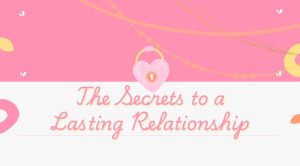
10 Golden Rules for Building a Lasting Relationship
Love isn’t built overnight it grows through shared trust, communication, and small daily choices. These 10 golden rules can help couples build lasting, meaningful connections that stand the test of time.
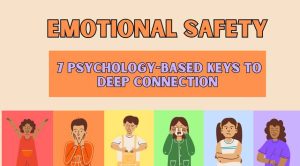
Emotional Safety: 7 Psychology-Based Keys to Deep Connection
Emotional safety is the quiet foundation of lasting relationships. Discover seven psychology-based keys—drawn from research and real-life stories—that help couples build deeper trust, communicate openly, and feel truly seen and supported.

Strong Together: Building Resilient Relationships That Last
Why do we feel instantly drawn to some people and indifferent to others? Psychology has long studied the mysterious forces behind human attraction and understanding them can help us build healthier, more intentional relationships.



